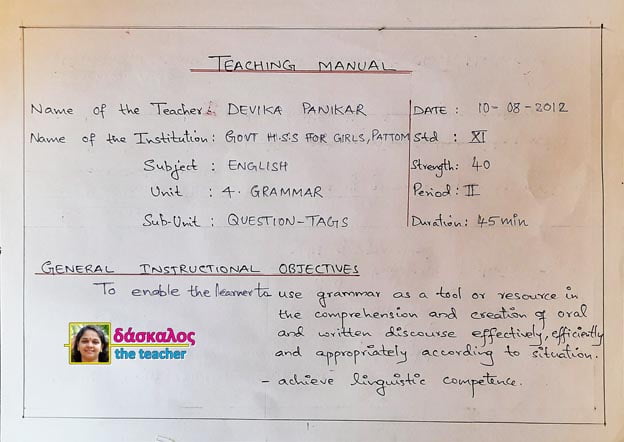There is a strong relationship between grammar, writing instruction and student achievement. Effective grammar instruction is vital to increase student achievement and learning. Grammar has to be taught inductively. Different contexts and substitution tables can be used while teaching grammar. After giving the practice, the students must be able to elicit the grammar rule. They must be proficient in using the structure in daily life situations.
In Grammar classes, the teacher should ensure she uses authentic writing situations. The learning must be made visible with anchor charts, and students must be made to work around grammar concepts. Students must be provided with multiple exposures to a variety of grammatical situations. The students must be encouraged to create non-linguistic representations of grammatical situations.
The teacher should also use engaging and relevant writing situations to engage students in grammatical exercises. The students must be encouraged to read a variety of nonfiction, informational and fiction texts to expose them to multiple texts and a variety of writing situations. The teacher should also harness the power of digital tools for practice and review. The teacher should use one’s writing and think aloud to model grammar instruction.
The teacher should find short periods to ask grammar questions or oral grammar quizzes during the day. The teacher should use a variety of assessment measures to support student learning. It should be ensured that only a few skills are taught at a time. Instead, the teacher can simultaneously go deep with a few skills and concepts. It is essential in grammar that the skills and concepts learnt are reinforced throughout the year. The teacher should also attach each grammar concept to the purpose of writing.
Classroom libraries, books, read-aloud, and discussions allow students to learn a variety of contexts from different sentence constructions. Teachers should use the common State Standards as a guide to what students need to know at each grade level.
Lesson Plan

![]()
![]()
![]()
![]()
![]()
![]()